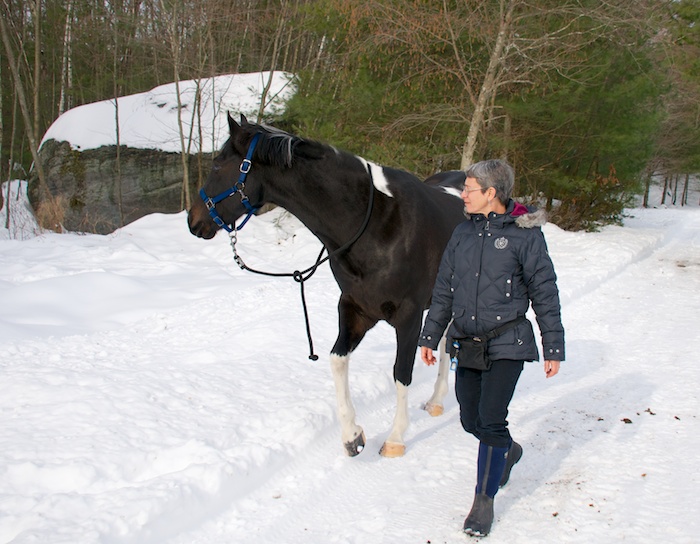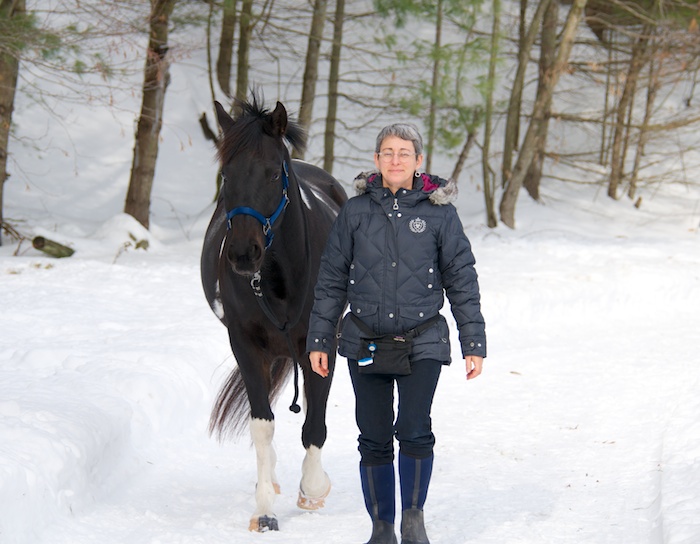This is a story that I wrote. It’s meant to be a picture book but it hasn’t found a home with a publisher, so I am sharing it here.
The Night the Animals Talk
by Terry Golson
Hannah Rose looks out of the kitchen window into the dark night.
What are the animals doing now Papa? asks Hannah Rose.
They are going to sleep, says Papa. Like you.
But that’s not what Grandma told me, says Hannah Rose. She said that tonight is special.
Yes, yes, says Papa impatiently. It’s Christmas Eve. All the more reason for you to get to bed!
But, Papa, Grandma said that the animals will talk tonight, insists Hannah Rose.
Hmph! Old folk tales, says Papa. Off to bed with you!
Hannah Rose tries to sleep, but the stars shine brightly through her window. They light a sparkly path to the barn. She wraps her quilt around her and puts her feet into her slippers. She tiptoes to the barn, slides the heavy door open a crack and steps inside.
Hannah Rose is here! says Buffy, the brown hen.
You do talk! says Hannah Rose.
Hah, she never stops! says Daisy, the goat.
Well, I’m awake and hungry, says Ginger, the spotted hen, as she hops down off of the roost. Would you be so kind as to give me some corn?
Some for me, too, says Buffy.
A tiny voice squeaks, Drop a little extra for me, please. The mouse’s quivering nose pokes out from its hiding place. Over here, the mouse says, away from the cat.
Oh, says TomTom, I won’t chase you tonight, not on Christmas Eve. He rubs against Hannah Rose’s legs. A scratch behind my ears would be nice, he says in a gravely voice.
I would like some hay, says Daisy.
Brownie, the old mare, shakes her head. Staying up late has made me hungry. A handful of oats in my bucket will do.
Hannah gets corn for the chickens, hay for the goat, scratches the cat, feeds the horse and tosses a few grains for the mouse.
Thank you, say the hens.
Thank you, says the mouse.
Delicious, says the goat, talking with her mouth full.
Ah, that feels good, says TomTom.
Thank you, says Brownie. I do like a midnight snack. The horse sighs and lies down in the deep straw of her stall.
Hannah Rose yawns and shivers in the cold.
Come and warm up next to me, says Brownie.
Hannah Rose curls up on the horse’s round belly, pulling her quilt over her. She soon falls fast asleep.
The sun is just rising in the sky when the barn door rattles opens and startles Hannah Rose awake.
Hannah Rose! says Papa, So here you are! It’s Christmas morning. There are presents under the tree to open!
I heard the animals talk! says Hannah, rubbing her eyes.
Really, and what did they say? asks Papa.
They wanted corn and oats and hay. TomTom wanted a scratch and even the mouse asked for food, says Hannah Rose.
Hmmph, says Papa. That’s what they always say. I don’t need to stay up in the dark and cold to hear that.
But they also said thank-you! says Hannah Rose.
Of course they did, says Papa. They always do. Each animal says thank you in its own way. TomTom purrs when he’s happy. And haven’t you heard Brownie do that low nicker when she gets her grain? Why, all of the animals thank us.
Now let’s get you back to the house, says Papa. He picks up Hannah Rose and swings her onto his shoulders.
As she leaves the barn she hears TomTom purring, Brownie nicker and the chickens cluck. Daisy bleats meh-meh. Hannah Rose waves good-bye, and as Papa heads for home, she hears the tiny squeak of a tiny mouse.
You’re welcome, whispers Hannah Rose.


















